| Wednesday, November 13, 2019 | |
Exhibitors Presentation |
|
| Chair |
Jim Jackman, Semi

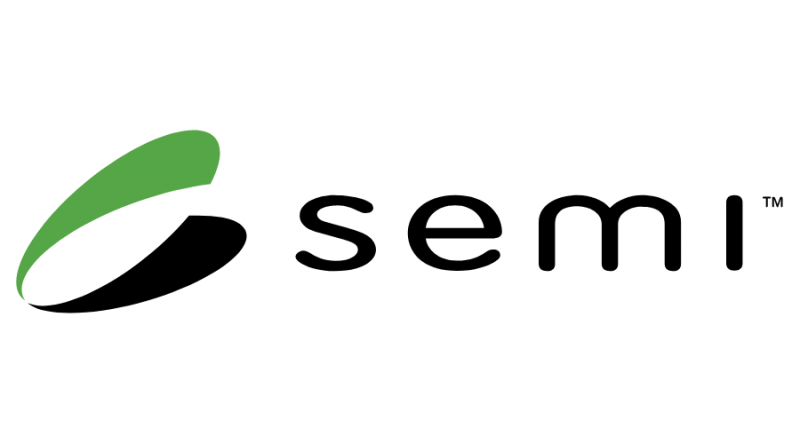 Biography |
| 10:15 | Simplifying your tool automation |
Doug Suerich, Product Evangelist, PEER Group Simplifying your tool automation
 Abstract Biography |
|
| 10:30 | Towards Research 4.0 - Automating R&D with Flextura PVD and Integrated Advanced Analytics |
Christian Kjelde, International Sales, Polyteknik AS Towards Research 4.0 - Automating R&D with Flextura PVD and Integrated Advanced Analytics
 Abstract Biography |
|
| 10:45 | 5 steps to machine learning |
| Frank Geissler, Director Sales AIS, Automation Dresd | |
| 11:00 | Moisture and AMC reduction |
Jorgen Lundgren, Field Application Engineer, Sr, Entegris GmbH Moisture and AMC reduction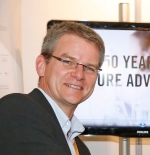
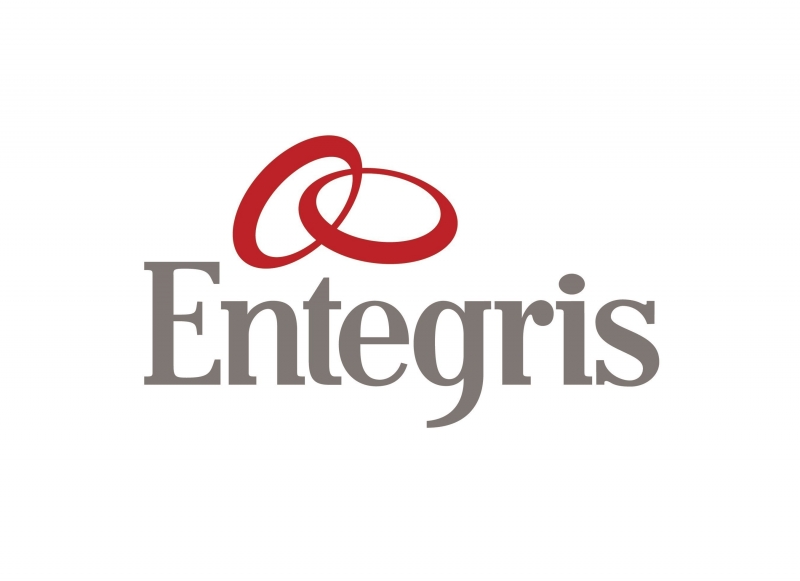 Abstract Biography |
|
| 11:15 | Presentation RTP and DLI-CVD technology |
| Henri De Los Rios, Global Business Development Manager, AnnealSys | |
| 11:30 | Measurement of oversize particles in the CMP process. |
Antonis Pantazis, EMEA Sales Consultant, Entegris Measurement of oversize particles in the CMP process.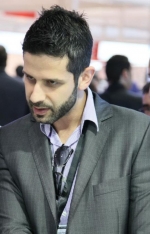
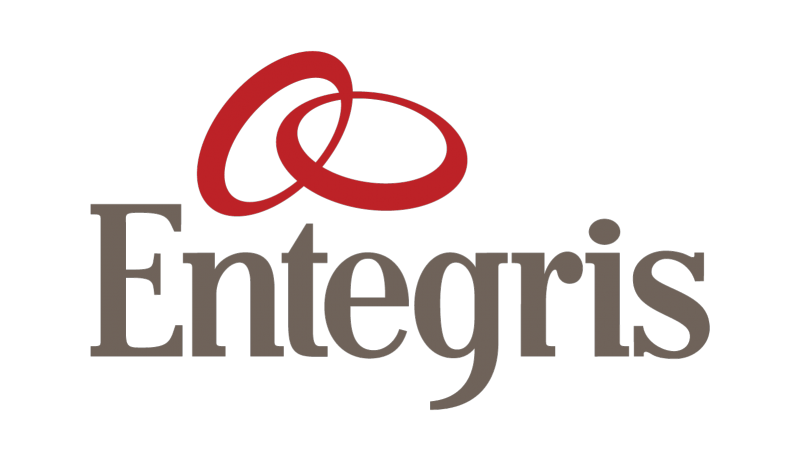 Abstract Biography |
|
| 11:45 | Advanced Semiconductor Wafer and Substrate Dicing, grinding and processing technology |
| Gerald Klug, General Sales Manager, DiscoEurope | |
| 12:00 | Sub-Angström controlled Sputtering Process for Magnetic Sensor |
Berthold Ocker, Head of Business Unit Semiconductor NDT, Singulus Technologies AG Sub-Angström controlled Sputtering Process for Magnetic Sensor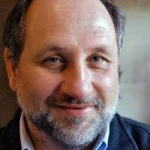
 Abstract Biography |
|
| 12:15 | ULVAC solutions for new MEMS devicesULVAC solutions for new MEMS devices |
Yoshifumi Yamazaki, ULVAC ULVAC solutions for new MEMS devicesULVAC solutions for new MEMS devices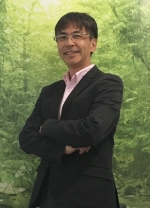
 Abstract Biography |
|
| 12:30 | Carrier Wafers for thin wafer handling using temporary bonding technologies |
Carsten Wesselkamp, Sales Manager, Plan Optik AG Carrier Wafers for thin wafer handling using temporary bonding technologies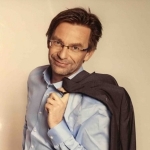
 Abstract Biography |
|
| 12:45 | Two-photon absorption in semiconductors design and manufacturing |
Paulius Naujalis, Sales Manager, Fyla laser Two-photon absorption in semiconductors design and manufacturing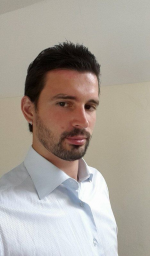
 Abstract Biography |
|
| 13:00 | Line Confocal Sensors for Industrial Inspection |
Murat Deveci, Sales Manager, FocalSpec Ltd Line Confocal Sensors for Industrial Inspection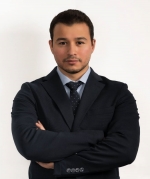
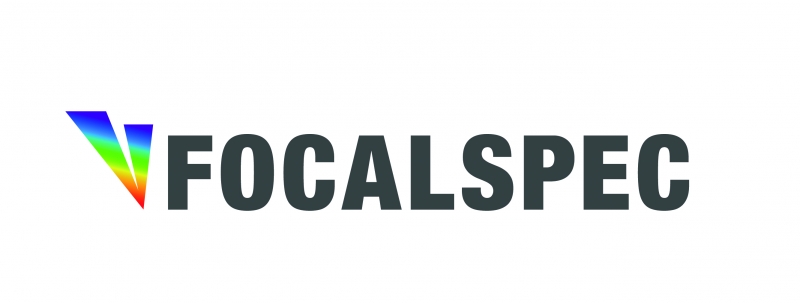 Abstract Biography |
|
| 13:15 | UV Cure – an Enabling Process Technology for Efficient Thick Photoresist Drying |
Christian Schaefer, Trymax-semiconductor UV Cure – an Enabling Process Technology for Efficient Thick Photoresist Drying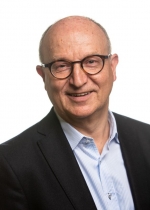
 Abstract Biography |
|
| 13:30 | 3D Automatic X-Ray Inspection System |
Yoo Yeob Jung, CEO, Nanotech Digital GmbH (SEC Europe Head Office) 3D Automatic X-Ray Inspection System
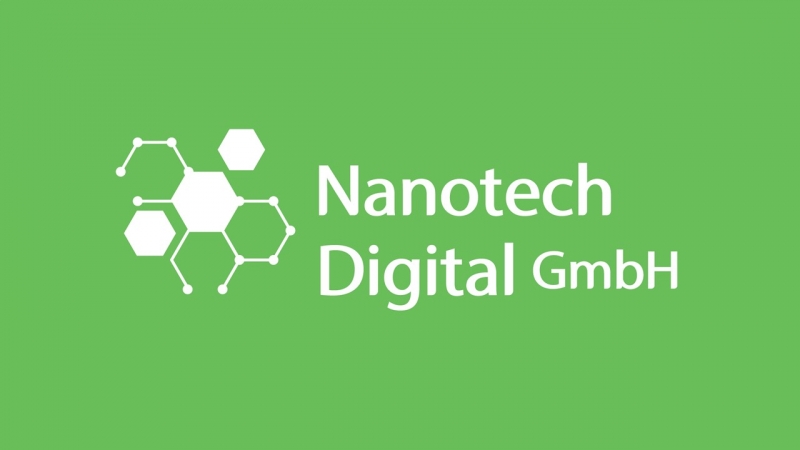 Abstract Biography |
|
| Thursday, November 14, 2019 | |
Exhibitors Presentation |
|
| Chair |
Jim Jackman, Semi

 Biography |
| 10:01 | MEMS Digital Prototyping Flow |
| John Stabenow, Director of Market Development, Mentor | |
| 10:15 | Semiconductor Smart Manufacturing: An Evolving Nexus of Business Drivers, Technologies, and Standards |
Alan Weber, VP, New Product Innovations, Cimetrix Incorporated Semiconductor Smart Manufacturing: An Evolving Nexus of Business Drivers, Technologies, and Standards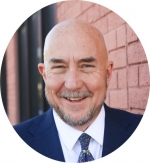
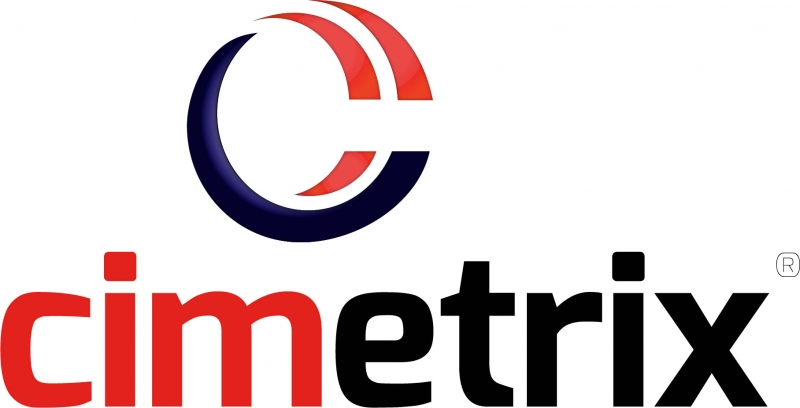 Abstract Biography |
|
| 10:30 | Novel Group IV Epitaxial Materials |
Gerard Colston, Managing Director and founder, AdvancedEPI Novel Group IV Epitaxial Materials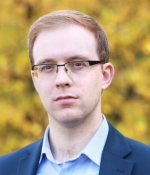
 Abstract Biography |
|
| 10:45 | New York State - A Compelling Place to Make Chips |
| Mark Reynolds, VP, Strategic Business Development New York Empire State Development | |
| 11:00 | AIM Photonics and NY CREATES at Albany Nanotech - New Research Thrusts, Initiatives and Major Projects |
| LaMar Hill, President’s Office, NY Creates at SUNY Polytechnic | |
| 11:15 | Automation of Silicon Photonics PDK and Test Chips |
| John Stabenow, Director of Market Development, Mentor | |